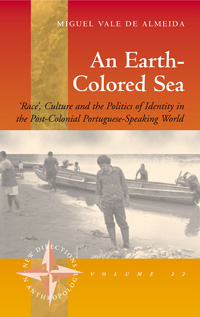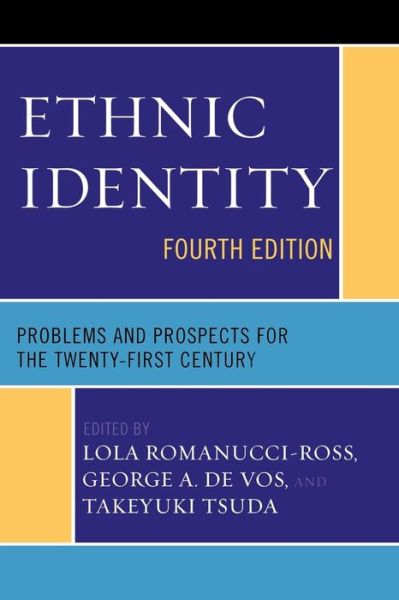Gilberto Freyre: The Reassessment Continues
Latin American Research Review
Volume 43, Number 1, 2008
pages 208-218
DOI: 10.1353/lar.2008.0002
David Lehmann, Reader in Social Science
University of Cambridge
Gilberto Freyre e os estudos latino-americanos. Edited by Joshua Lund and Malcolm McNee. Pittsburgh: Instituto Internacional de Literatura Iberoamericana, Universidad de Pittsburgh, 2006. Pp. 399.
Casa-grande e senzala. By Gilberto Freyre. Critical edition by Guillermo Giucci, Enrique Rodríguez Larreta, and Edson Nery da Fonseca. Madrid: Acordo Archivos ALLCA XX, 2002. Pp. 1297.
Gilberto Freyre: um vitoriano dos tropicos. By Maria Lúcia Garcia Pallares-Burke. São Paulo: Editora UNESP, 2005. Pp. 484.
Casa-grande e senzala was published when Freyre, born in 1900, was only thirty-three years old. This precocious book dealt with a vast range of themes and a variety of sources, and its largely non-Brazilian intellectual precursors were beyond the physical and even intellectual range of Freyre’s contemporaries, few of whom had traveled to the United States or even to Europe, as Freyre had done in the early and late 1920s. The mere length of the book, as Thomas Skidmore has noted, put off established publishers. Casa-grande probably drew on all the then-published historical writing on Brazil in Portuguese, English, and French, as well as on comparative medical and anatomical studies, travel literature, ethnographies of different parts of Africa, and published colonial reports, plus a sprinkling of quasi-ethnographic personal reminiscence. Already at that age, Freyre, though himself from an urban professional, rather than landholding, family, deployed his trademark patrician assuredness. He invented his own genre—a propensity for ex cathedra pronouncements and self-glorification, combined with an intellectual curiosity at once undisciplined and creative.
At first, as the essays in the volume edited by Lund and McNee often remind us, Freyre’s book had the effect of an earthquake, though admittedly in a very small intellectual elite. In 2001, Antonio Candido recalled a friend from the left-wing branch of a prominent political family going to the mirror on reading it and musing, “Acho que sou mulato!” (Lund and McNee, 10). Lilia Schwarz elaborates by reminding us in the same collection that the Estado Novo itself fell under the influence of Freyre, implementing official projects in which mestiçagem (racial mixture) was recognized as “a verdadeira nacionalidade,” Brazil’s true nationality (314), although on this one might also find contrary evidence, notably the notorious case of the sculpture “O homem brasileiro,” by Celso Antonio.
Whatever individuals’ disposition toward the black population and the poor, the climate of public debate in Brazil at the time started from the assumption that the black skin and African descent of a large portion of the population was in some sense a problem; Freyre on the contrary told them it was a solution. Freyre had little knowledge of or interest in the recent European immigrants who were fl ooding into the South; for him the Portuguese were not white at all, their mestiço heritage shaped by centuries of Arab presence among them. Clearly Casa-grande is written by a confident member of the Northeastern elite, but is it written by a “white man”? In a telling passage quoted by Neil Larsen (Lund and McNee, 382), Freyre evokes almost voluptuously the black influence in “everything that is a sincere expression of life . . . the tenderness, the exaggerated mimicry, the Catholicism that indulges our senses, music, language, gait and the lullabies . . . the escrava who nursed us and fed us and told us our first children’s horror stories, the mulata who so deliciously extracted the first splinter from our feet and, finally and inevitably, the woman who initiated us into the delights of physical love and gave us our first sense of male completeness, to the creaking sounds of the chaise lounge” (Freyre, 301, my translation). Who is—or are—this “us”? The writer is reflected impersonally in the text like the artist in Velázquez’s Las Meninas.
Freyre is often credited—or blamed—for coining and spreading the myth of “racial democracy.” It is repeated with particular insistence, near unanimity, and no small dose of righteous indignation among those whom Brazilian writers describe as Brazilianists—not, note, Brazilianistas—as well as by several Brazilian authorities. In a 1996 article, George Reid Andrews (the quality of whose work on race in Brazil is otherwise not in doubt) seems to refer the reader to the 1946 English translation of Casa-grande in support of the claim that Freyre coined the term, but I could find no such thing on the page quoted! More recently, to take but one of innumerable examples, Robin Sheriff states that Casa-grande “reconstituted the country as a democracia racial.” Thankfully, in a 2002 paper published on the Internet, Levy Cruz provides the results of what must be the most exhaustive effort so far to uncover whether and when Freyre used the expression. The results are a testimony to Cruz’s archaeological talents on the one hand, and unfortunately, on the other, to the capacity of academics sometimes to believe and propagate a malign fiction, like a slow-motion lynch mob. Cruz first reminds us not only that the belief has been attributed to Freyre that Brazil is a racial democracy, but also that he has been blamed for perpetuating racial discrimination in Brazil on account of the false consciousness engendered by the myth! But then he goes on to show decisively that there is not a single instance where Freyre stated that Brazil is a racial democracy. He did state several times, though mostly in lectures and statements for English-speaking audiences, that Brazil might be on a path toward an “ethnic or racial democracy,” and in the English translation of Sobrados e mucambos, he inserted in an additional final sentence the statement that “Brazil is becoming more and more a racial democracy, characterized by an almost unique combination of diversity and unity.” The nearest he gets in Portuguese is in an interview from 1980 published very obscurely in Recife, when he says that Brazil is far from a pure democracy in any sense (“racial, social or political”) but “is the nearest thing in the world to a racial democracy.” It is worth noting that here he uses the expression democracia relativa, which had figured in the vocabulary of the military government during its prolonged and tortuous “decompression” of the mid- to late 1970s. Freyre might have helped his own reputation on the left—if that had mattered to him—and among social scientists generally had he taken more care with his use of terms; but let us not forget how much he became a political animal, more concerned to navigate different currents of opinion than to achieve analytical coherence. Indeed, one source of the “racial democracy” imbroglio is his practice of projecting different personae at home and abroad: a study of Freyre’s management of his translations and of his persona outside Brazil (para inglês ver . . .) would be of great interest. Overall, however, one can well sympathize with Hermano Vianna’s outburst about “the myth of the myth of racial democracy” (quoted in Lund and McNee, 40)…
Read the entire article here.


